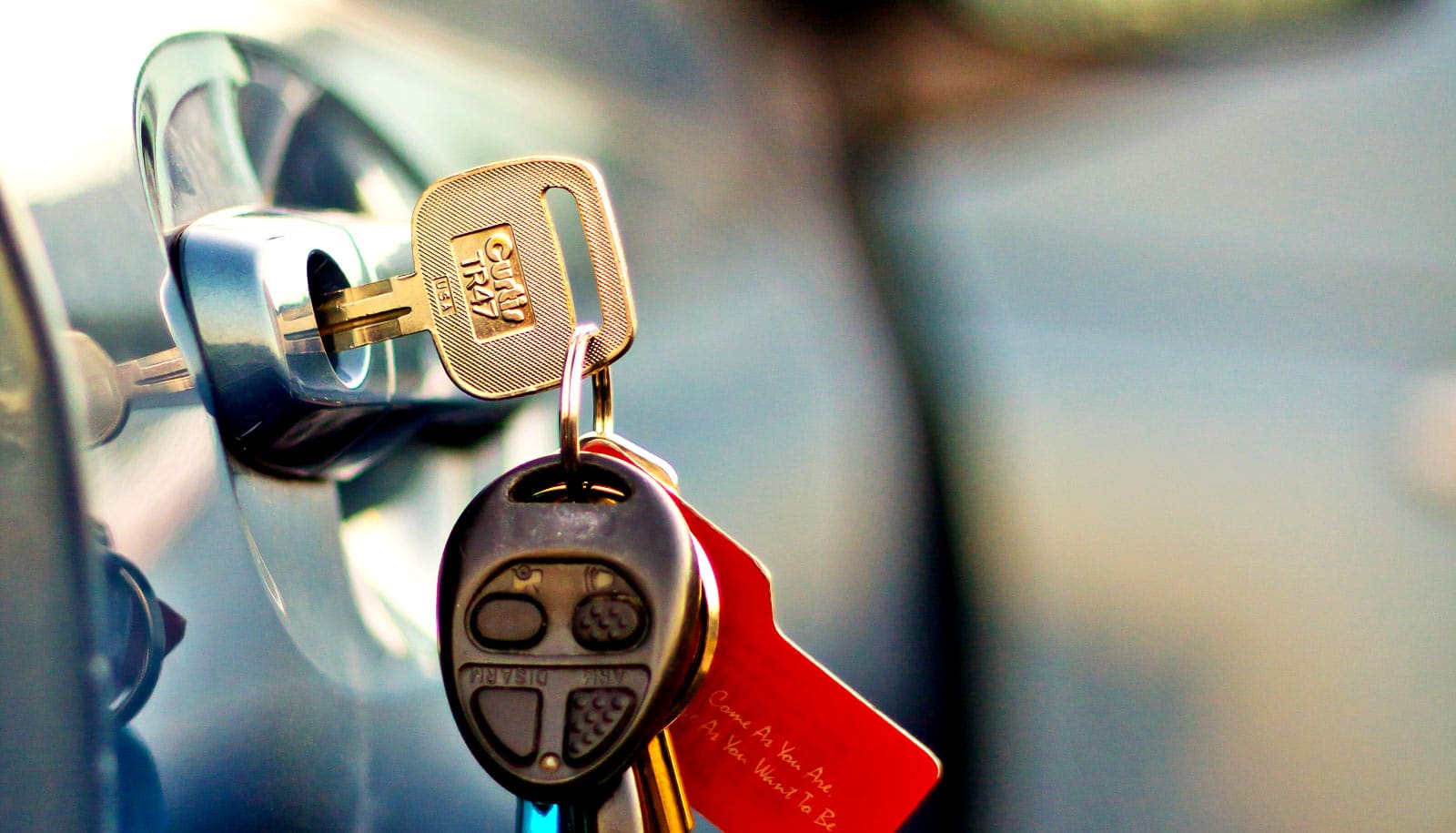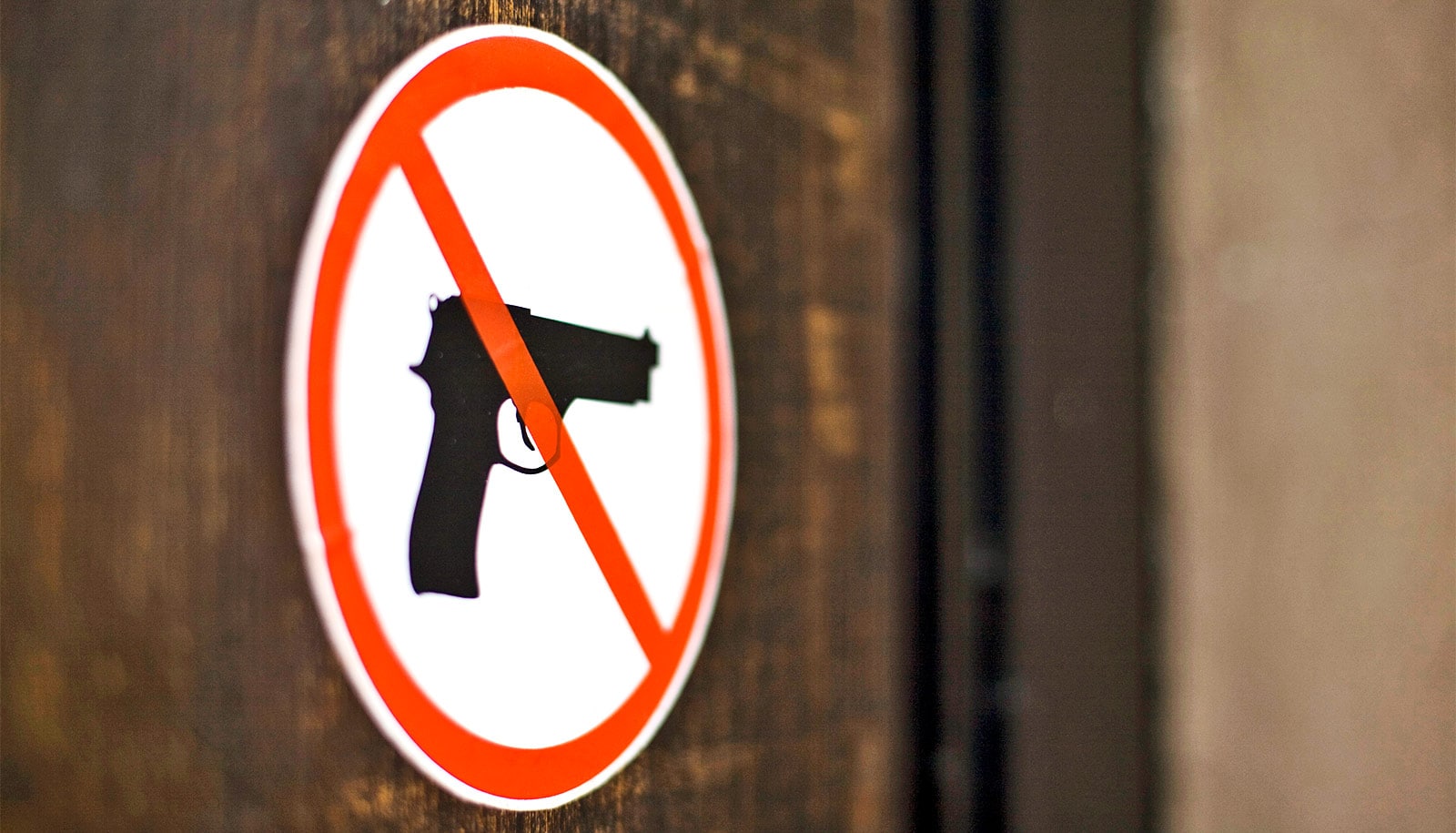Requiring ignition interlocks for all convicted drunk drivers appears to cut fatal alcohol-related car crashes more than less strict interlock laws do, report researchers.
The study—published by the American Journal of Preventive Medicine—finds that mandatory interlock laws were associated with a 7 percent decrease in the rate of fatal crashes involving at least one driver with blood alcohol over the legal limit. The decrease translates into an estimated 1,250 prevented fatal crashes in states with mandatory interlock laws since states first started passing such laws in 1993.
“Our study demonstrates the value of mandatory ignition interlock laws across the United States,” says study leader Emma E. “Beth” McGinty, deputy director of the Center for Mental Health and Addiction Policy Research at the Johns Hopkins Bloomberg School of Public Health. “We already know that alcohol plays a tragic role in the number of motor vehicle crash fatalities each year. Interlock laws which are mandatory for all DUI offenders save lives.”
3-minute spit test would spot stoned drivers
An ignition interlock detects alcohol on the breath. If the sensor reads alcohol in excess of a preset limit, it prevents a would-be driver from starting his or her vehicle. While all 50 states have some type of ignition interlock law, as of March 2016, 26 had mandatory laws requiring all individuals convicted of a DUI offense to use an interlock device in order to drive legally.
This is the first study to look at all the different types of interlock laws across all 50 states. The researchers found that laws that require interlocks for all DUI offenders were much more effective than those applicable to only to repeat offenders or those with very high blood alcohol.
In 2014, alcohol-involved US crashes caused approximately 10,000 deaths, about one-third of all motor vehicle crash deaths.
The researchers studied interlock law impact on alcohol-involved fatal crashes over 32 years, 1982 to 2013, controlling for other motor vehicle safety laws and trends in crashes. The team assessed changes in pre- and post-interlock law rates of alcohol-involved fatal crashes with crash data obtained from the National Highway Traffic Safety Administration and measured them against the different categories of interlock laws: permissive (at the discretion of a judge), partial (applicable to only some DUI offenders), and mandatory for all.
“Until recently, there hasn’t been any evidence on whether these laws prevent alcohol-involved fatal crashes, and specifically whether [mandatory for all] laws are more effective than permissive and partial laws,” McGinty says. “Our study suggests that they are effective, and it’s encouraging to see more and more states moving towards this evidence-based policy change. Since 2005, we’ve seen over 20 states adopt interlock laws for all drunk-driving offenses. We’d like to see the remaining states follow suit.”
The Centers for Disease Control and Prevention funded the work.
Source: Johns Hopkins University



